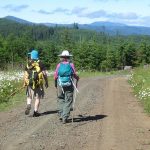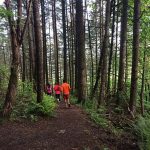Bigger and Better
A local author talks about their gardening book
A few weeks ago, I ran into Steve Solomon and Marina McShane at the Lane County Farmers Market. This meeting was remarkable for two reasons. One, Solomon, a guru of Northwest vegetable gardening and founder of Territorial Seed Company, has lived in Tasmania since 1998. Two, McShane had recently given me a copy of a book she and Solomon wrote together. Continue reading





